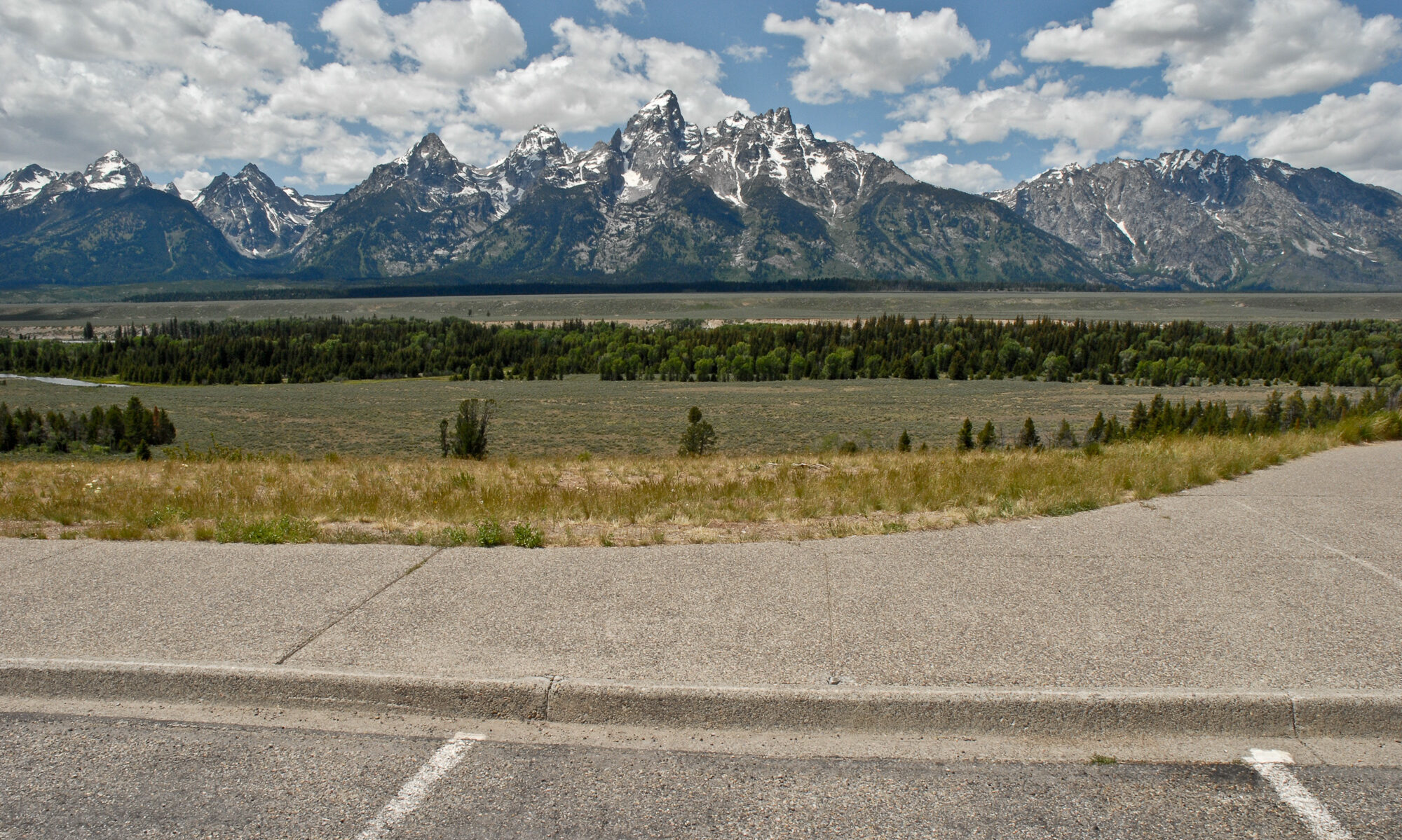There’s more information on this project here.
The book of one thousand Buddhas is a digital database that spawned a series of projects including a video installation (at Eventa V and at the University of Art and Design Helsinki), some laser print books, the book of Hours video, Partners: A Tragicomedy in 33 Parts installation, a prayer box (part of the group exhibition one day of my life in a box at the Goethe Institute in Bangkok, Thailand and Köln, Germany), and 50 tiny prayer books along with the solstice-to-solstice sequence for the blast 5 drama vehicle.
The digital video
When the ‘book’ (video) is a random cycle of 1000 different portraits begins, changing every six seconds for the duration of the 180-minute tape. The images were collected from the obituary pages of the largest national newspaper in Iceland, Morgunblaðið — where each person who dies in the country is re-presented and re-membered by a photograph and a series of letters written by friends and family. Interspersed very occasionally with the portraits is a manipulated image of a building which has been named the center of the universe. The buddha project is a synthesis of these rather unique photographs—some dating as far back as the 1920’s—and the form of 8th century Buddhist prayer books, which would typically include 1000 different wood-block prints of the Buddha that were printed ten to a page on fan-fold paper. The purpose of these prayer books was as a guide and device for concentration and meditation in worship. This modern work is first of all a meditation in both process and result, and is for meditation. Duration is an especially important concept in meditation and worship. If the viewer approaches this work in an open state …
Technical Notes
The images were prepared first by cutting them from the newspaper and scanning them into a Macintosh computer, using Adobe Photoshop to make small adjustments of size and tonal levels. This compilation stage lasted from February 1992 to June 1993, when the 1000th image was scanned in. The images were stored in Photoshop format (taking up 55Mb of space total) and subsequently two different levels of JPEG compression were applied to make smaller image sets. The one used for this tape was around 12Mb for the 1000 images. The images were then played in a random order using a very simple shareware program, JPEG View, which has a slide-show option for playing folders of JPEG-compressed images. The slide show database was then dumped onto SVHS tape, using a Radius Video Pro board, after which titling and credits were added.
Projection instructions
This work is to be projected so that the image area (not screen area) is approximately 50 cm wide (and 85 cm tall) in a very dark (and acoustically silent) room with some chairs and some standing space. The bottom of the image should be 2 meters from the floor. As the work is in black & white, it is best to turn the color control on the projector all the way down. The same goes for the audio control as there is no sound on the tape.
